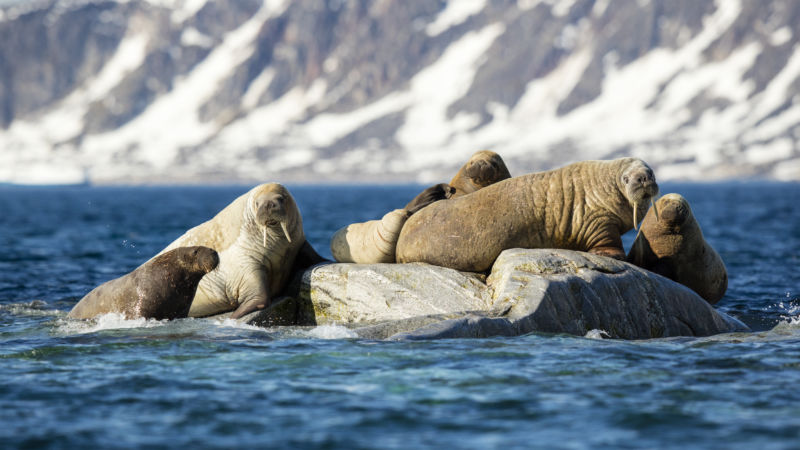Vikings killed off Iceland’s walruses

Enlarge (credit: Andrew Shiva / Wikipedia)
There are no walruses in Iceland, but, at one time, there were hundreds. The timing of the walruses' disappearance suggests that the population's loss may be one of the earliest known examples of humans driving a marine species to local extinction.
The ghost of walruses pastWalruses used to be a major feature of life in Iceland. Several settlements and landmarks along Iceland's coast still bear names that refer to walruses, and a few of the medieval Sagas (the stories of the island's early settler families) even mention them. The Saga of Hrafin Sveinbjarnarson, written down sometime in the late 1100s, tells the story of a chieftain who killed a walrus and brought its tusks and skull to Canterbury Cathedral in England. But the walruses themselves have been reduced to only a few ancient bones and tusks.
Did the walruses disappear before or after the Norse arrived? In other words, did the Norse kill off Iceland's walruses, or did the population die of natural causes? Because Iceland has no living walruses today, historians have debated whether the place names referred to places where walruses were living when people arrived or just places where settlers found the skulls and tusks of long-dead animals. The walrus tusks that Hrafin Sveinbjarnarson delivered to England could have been part of a thriving Icelandic walrus population, but it could also have been only a lost wanderer from more distant shores.
Read 8 remaining paragraphs | Comments